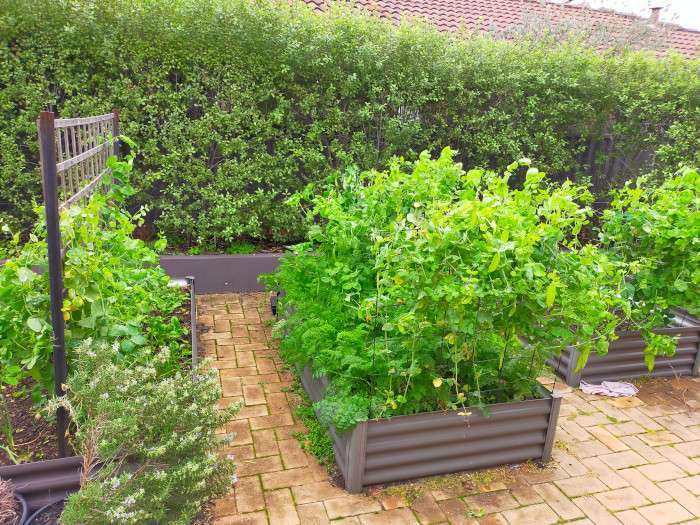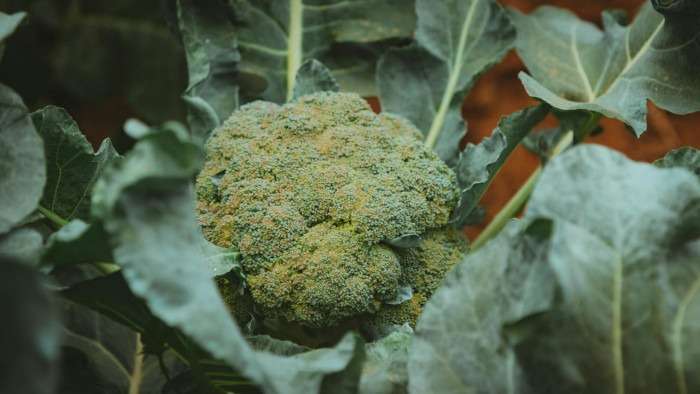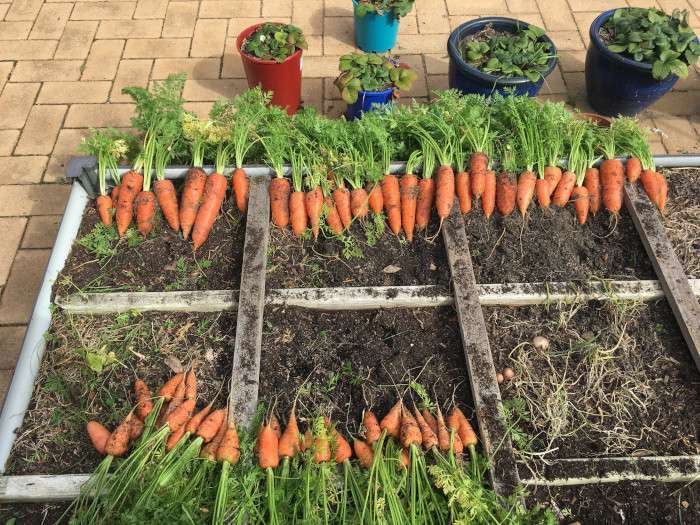You’re getting into gardening, and you’ve realized how important good compost is for your garden’s success. Maybe you’ve been buying compost but your expanding your beds and now you need more. You’re looking for a faster way to make high-quality compost. Hot composting is the fastest way to turn organic matter into rich compost, sometimes in just weeks instead of months.
Today I want to talk about what hot composting is, how it works, and the simple steps you can follow to have success with this method.
What is Hot Composting?
Hot composting is a method that promotes the activity of specific bacteria that rapidly break down organic matter. The heat generated by these bacteria helps to kill off pathogens and unwanted seeds in the compost, making it highly effective. Compared to cold composting, which can take months to a year, hot composting can break down material in as little as a few weeks.
While it requires more effort and management, the end result is a high-quality compost in a much shorter time.
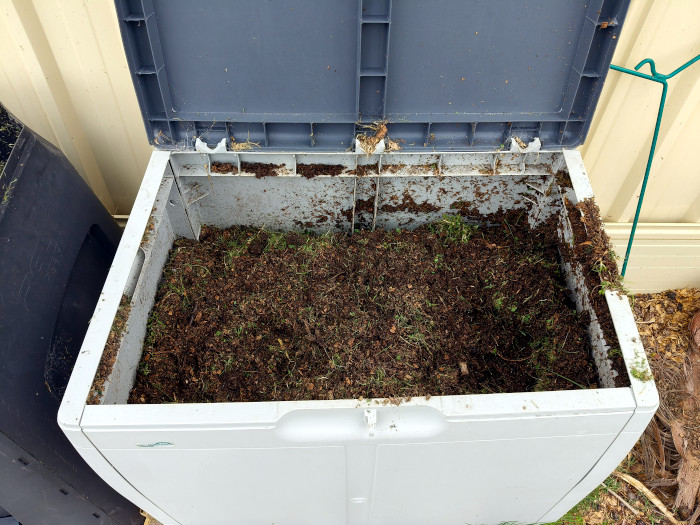
How Hot Composting Works
You may have heard the phrase “living soil.” Hot composting is based on this idea, where you’re creating an environment that allows bacteria to thrive. These bacteria need three things: organic matter, moisture, and oxygen.
The bacteria responsible for hot composting are called thermophiles, a group that thrives in high-temperature environments. As these bacteria multiply, their metabolic processes generate heat, which raises the temperature of the pile. For the pile to retain heat, you need a sufficient mass—about 1m³ (3 ft³). If the pile is too small, it won’t reach the ideal temperature of around 60°C (140°F). Too large, and the pile won’t heat evenly.
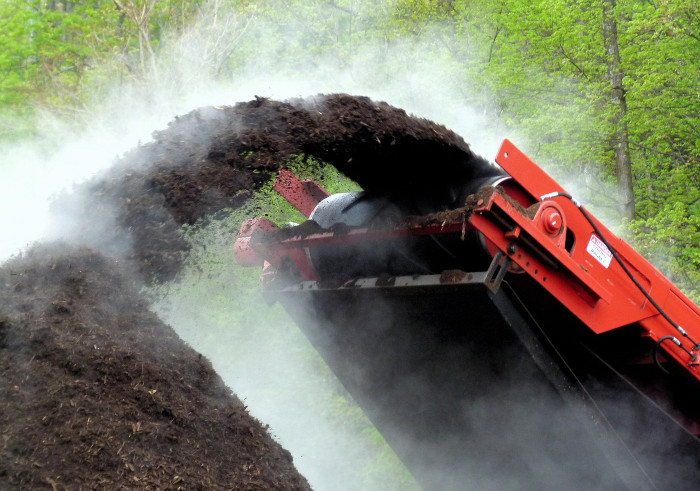
In addition to heat, thermophiles need oxygen. They use the oxygen to break the compost down and so the amount of oxygen in the pile will decrease over time, therefore frequent turning keeps the pile active.
Water is another crucial element, as bacteria like all life, need it to survive. The pile should remain consistently moist, like a wrung-out sponge. If it dries out, the bacteria will die off, slowing the process.
Setting Up a Hot Compost Bin
For hot composting to work, the bin size needs to be at least 1m² (3 ft²) to hold enough material to heat up. Insulating the bin, or putting it in a sunny spot will help retain heat, especially in cooler climates.
The materials you use should be a balance of carbon-rich browns (leaves and sticks) and nitrogen-rich greens (grass clippings or food scraps). While it’s ideal to layer browns and greens, I find that as long as you’re adding both regularly, the pile will eventually balance out.
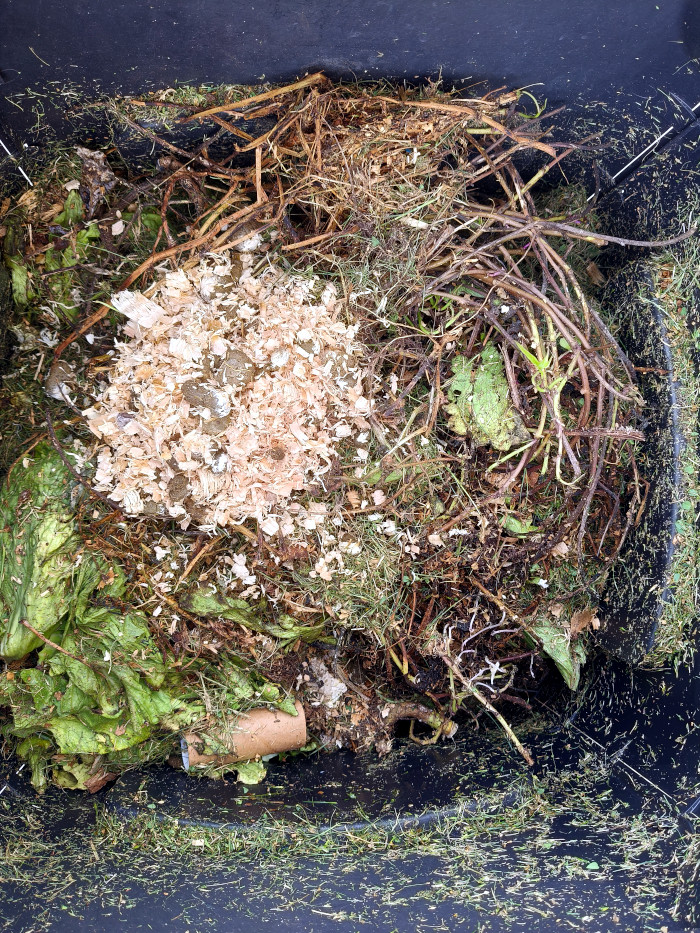
Managing the Compost Pile
To keep your pile decomposing rapidly, regular turning is key—at least once a week, though daily turning speeds things up. There are several ways to aerate your pile, from manual turning to using a compost tumbler. Tumblers make it easy to rotate your compost daily but can have drawbacks like generally being smaller in size or hinge failures over time. Manual turning with a fork is effective but a lot of work, especially if your bin design doesn’t allow for easy access.
Temperature is also important to monitor. A compost thermometer will show if the pile is within the ideal range of 55°C to 65°C (131°F to 149°F). If you don’t have a thermometer, you can test the temperature by sticking your hand into the middle of the pile—it should be hot enough that you want to take your hand out.
If the pile is too cold, try adding more nitrogen-rich greens, increasing moisture, or turning the pile more frequently—depending on what’s lacking. The pile should be moist enough that when you squeeze a handful, a small amount of water drips out. Anything wetter can reduce oxygen, slowing down decomposition.
For daily maintenance, I recommend using a screw tool to turn the pile—it’s quick and less labour-intensive than shovelling. Spending just a few minutes turning your pile each day helps keep it active and gives you a chance to check the moisture and heat levels regularly. Because I like to use a screw tool, I also prefer using finer material, as larger sticks will tangle up and make turning with the tool a lot harder.
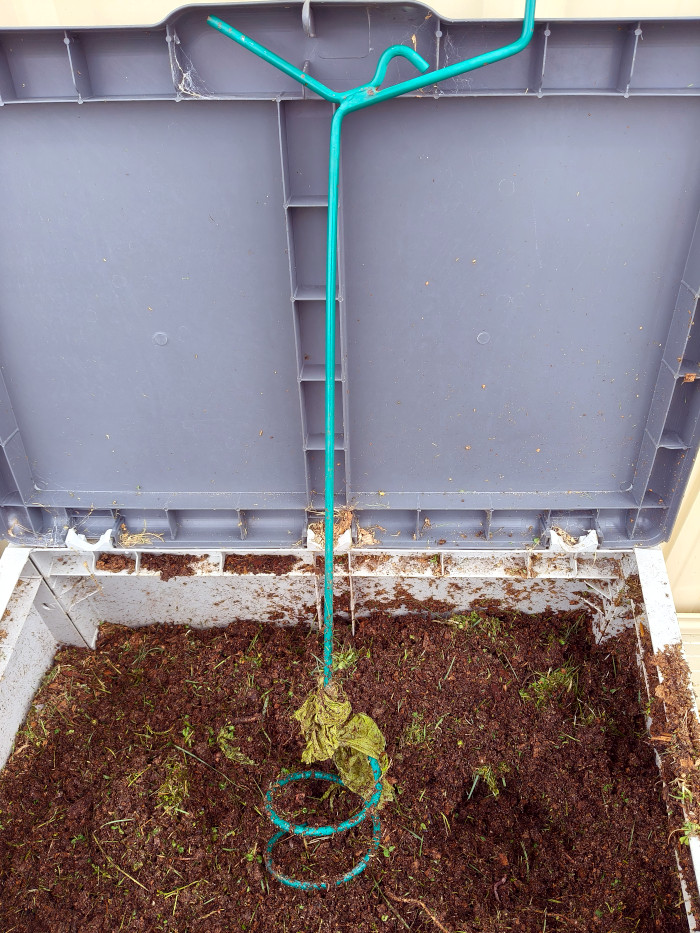
Under optimal conditions, hot composting can produce nutrient-rich compost in around 4-6 weeks. The time frame can vary depending on the season, the materials used, and how frequently the pile is turned.
Conclusion
Hot composting is a great way to speed up the process of creating rich, nutrient-dense compost for your garden. While it does need more active management, and can be a little tricky to get right, the amount of compost you can make is worth the effort. If you’re ready to give hot composting a try, start by gathering the right materials, setting up your pile, and managing it with regular turning and monitoring.
